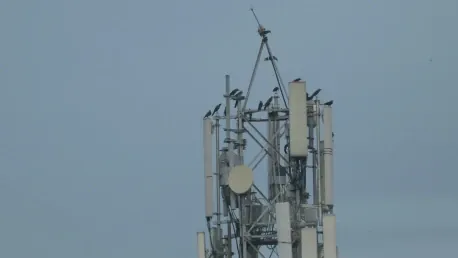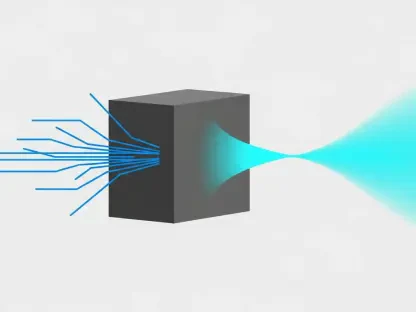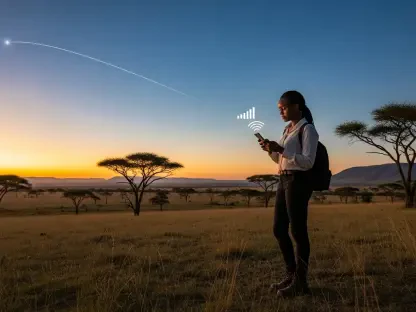The telecommunications landscape is undergoing a significant transformation as 5G technology continues to gain traction globally. Juniper Research projects that by 2028, 5G roaming expenditures will exceed those of 4G, with 5G subscribers anticipated to spend $10.8 billion on roaming services. This shift is driven by advancements in network infrastructures and the increasing adoption of 5G technology by consumers and businesses alike. Despite the launch of commercial 5G networks in 2019, the substantial generation of revenue from 5G roaming compared to 4G will take nearly a decade to materialize.
Challenges in 5G Roaming Deployment
One of the primary challenges in the deployment of 5G roaming services is the complexity of the network architectures involved. Unlike its predecessor, 5G requires more comprehensive and sophisticated roaming agreements to function effectively. These agreements are essential to ensure seamless connectivity for users across different networks and regions. However, the intricacies of these architectures and the time required to establish these agreements have slowed down the deployment of 5G roaming, subsequently affecting the growth of expenditures.
Additionally, the identification and management of roaming connections present significant hurdles. Inaccuracies and fraud often lead to “roaming revenue leakage,” a phenomenon that can hinder the profitability of 5G roaming services. To address this issue, the implementation of 5G standalone roaming agreements is recommended. These agreements utilize advanced cores and more efficient roaming technologies, such as Security Edge Protection Proxy (SEPP), to enhance the identification and management of roaming connections. Despite the high initial investment costs, the improved accuracy and subsequent increase in revenue are expected to offset these expenditures.
The Role of Advanced Network Technologies
Georgia Allen of Juniper Research underscores the importance of adopting standalone network cores to maximize potential revenue. She highlights the necessity of leveraging advanced network technologies to remain competitive in an environment where alternative solutions, such as travel eSIMs, are also vying for market share. By investing in these innovations, operators can better position themselves to capitalize on the expanding 5G roaming market.
The adoption of advanced network technologies not only addresses the challenges of roaming revenue leakage but also enhances the overall user experience. Enhanced Quality of Service (QoS) and improved data transfer speeds are among the benefits that can be realized through the implementation of these technologies. This, in turn, can lead to increased customer satisfaction and loyalty, further driving the adoption of 5G roaming services.
Optimizing Revenue Opportunities
The telecommunications industry is experiencing a major shift as 5G technology becomes more widespread worldwide. According to a report by Juniper Research, 5G roaming expenses are predicted to surpass 4G by 2028, with 5G subscribers expected to spend $10.8 billion on roaming services. This change is primarily driven by improvements in network infrastructures and the growing adoption of 5G technology by both consumers and businesses. Although commercial 5G networks were launched in 2019, the revenue generated by 5G roaming will take almost a decade to significantly outpace that of 4G roaming. This lengthy period is necessary for the full integration and utilization of the advanced capabilities of 5G, which offer faster speeds, lower latency, and greater connectivity. As more devices and applications leverage these new networks, the demand for 5G roaming services will undoubtedly increase, leading to substantial revenue growth and transforming global telecommunications.









